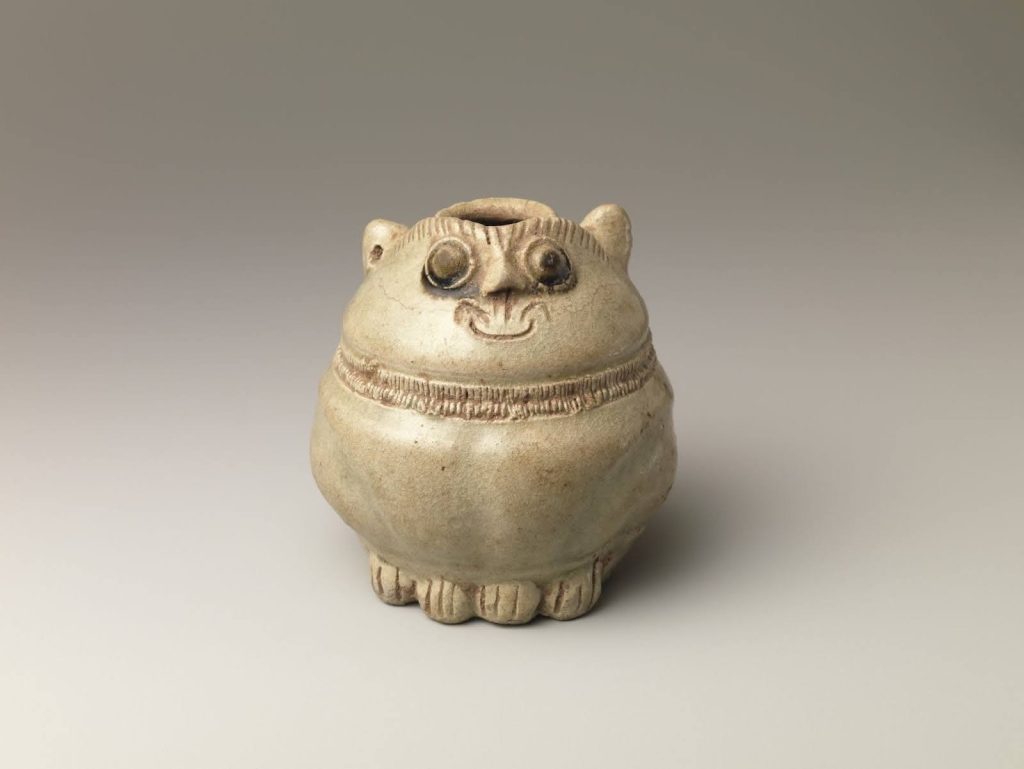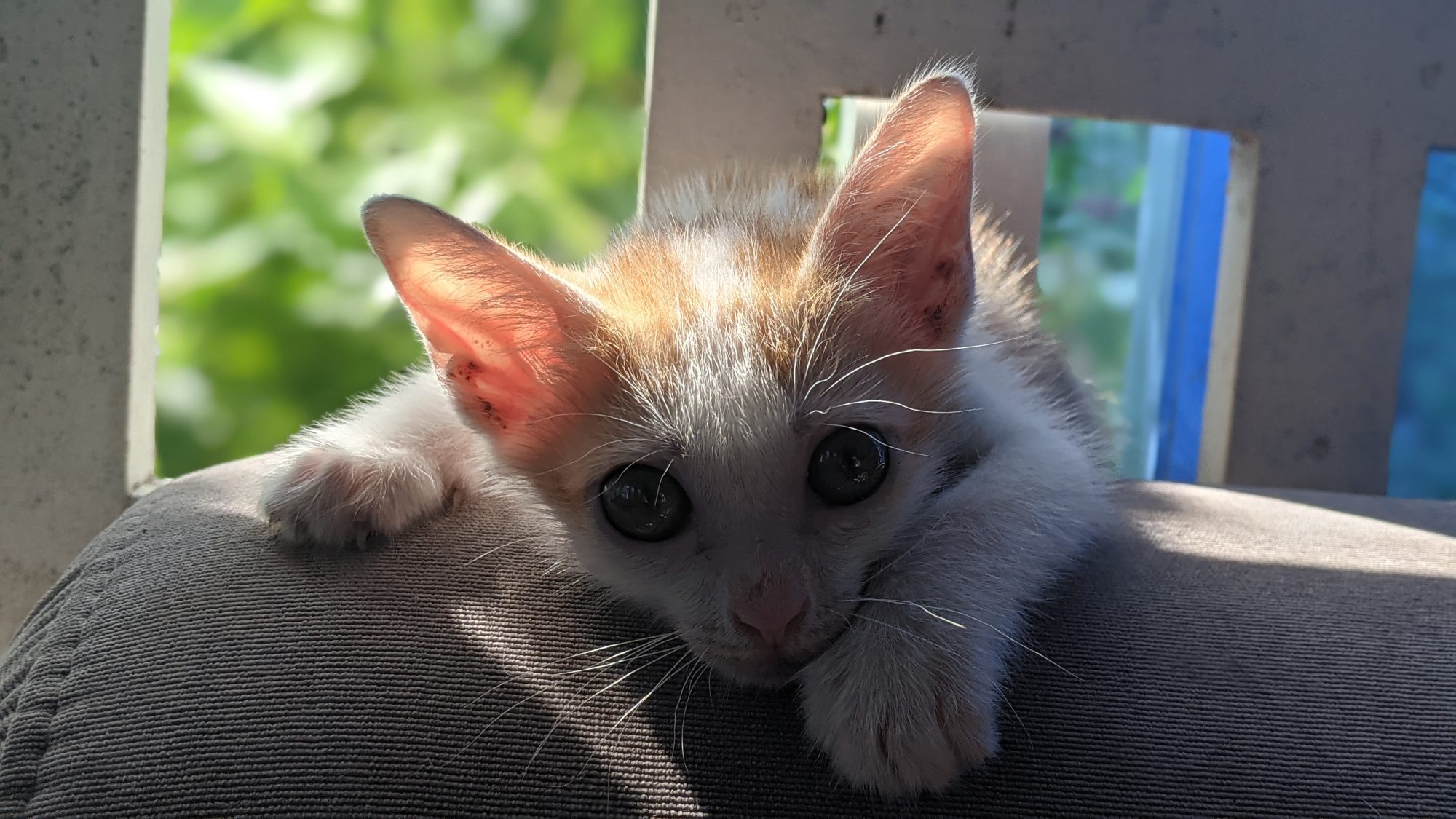Have you noticed that many of the local cats have stumpy, kinked tails? You’re not the first.
In 1868, Charles Darwin remarked, “Throughout an immense area, namely the Malayan archipelago, Siam, Pegu and Burmah, all the cats have truncated tails about half the proper length, often with a sort of knot at the end.”

You’re also not the first to wonder how they got that way. The locals have many myth and legends about their origin.
One tells of a Siamese princess who would routinely take baths at a local river. Before getting in the water, she would place her rings on her cat’s tail for safe-keeping. The cat, wanting to please the princess and keep her rings safe, kinked its tail in order to hold the rings securely.
Another involves a king whose drink had been poisoned. The royal cat, noticing the plot, curled its tail around the goblet, refusing to let go. As the king fought to get his goblet back, the drink spilled over the floor and the cat’s tail, deforming it and alerting the king to the danger.

And yet another myth says that cats were simply too perfect and would have taken up all the room in heaven, so the gods were forced to add an imperfection in order to make room for others.
Like these myths suggest, it’s not some modern defect due to inbreeding, accidents or disease that’s afflicted them. In 2016, a team of Chinese scientists sampled the DNA of cats from around Asia and found a natural mutation in the HES7 gene was responsible.
One of the oldest breeds to carry the gene is the Japanese Bobtail. This cat has been a stubby-tailed breed for at least 1000 years. They’re thought to have been brought to Japan from China in the 6th century by Buddhist monks who kept cats to keep mice out of their monastery. The most famous example of a Japanese Bobtail is the stubby-tailed “Hello Kitty”.
It was in the 1800s that Europeans brought the local cats back to Europe, naming them Siamese and Burmese after the countries they came from. Their new owners didn’t appreciate their quirky kinks and bred them to have a tail that was more fashionable for European life.
However, despite their best attempts, every so often, one will still be born flaunting its characteristically Asian tail.
